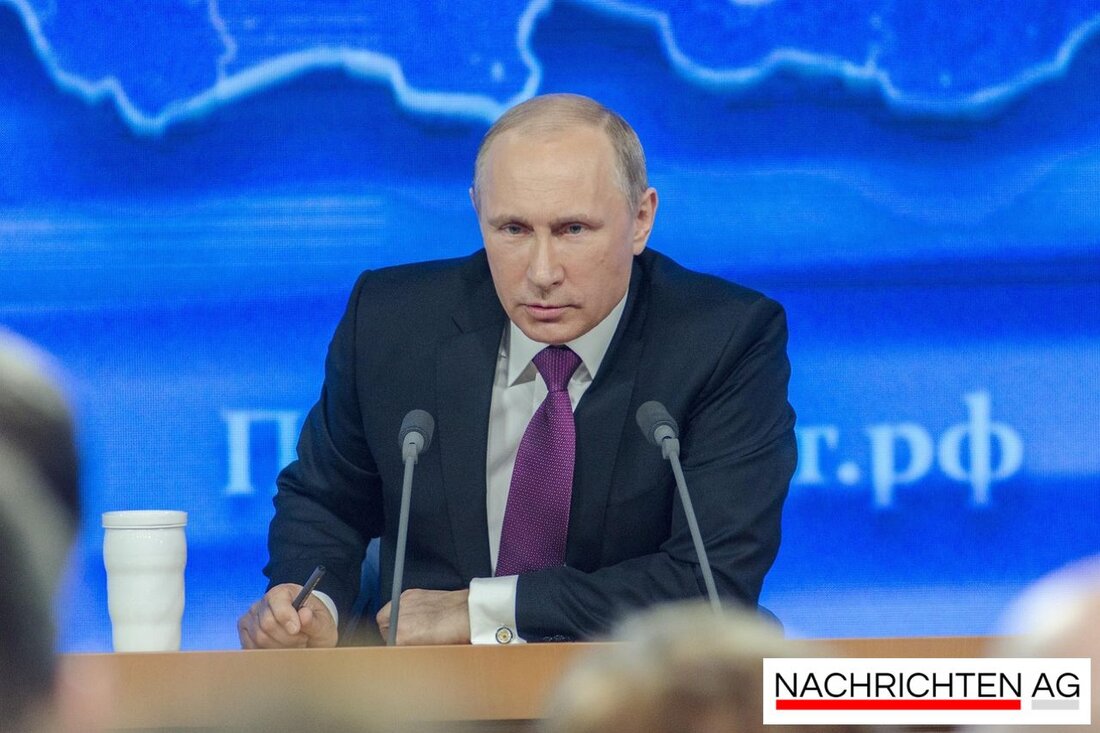Russia's gasoline crisis: gas stations close, prices explode!
Russia's economy is battling an oil crisis with gasoline shortages and sales restrictions, compounded by Ukrainian attacks.

Russia's gasoline crisis: gas stations close, prices explode!
The situation in the Russian energy sector is currently anything but rosy. Fuel supplies in particular are at risk as Ukrainian drone attacks are massively affecting oil refineries. Loud Mercury Since August 2025, 21 of 38 major refineries have been attacked, representing a concerning 48 percent increase in attacks compared to the previous year. These confrontational tactics caused crude oil processing volumes to fall to 4.86 million barrels per day in October — a decline of nearly 10 percent since July.
To counteract the impending shortage, four Russian regions have introduced restrictions on the purchase of gasoline. In Tyumen, for example, the N-1 gas station chain limits sales to 30 liters per customer, while in Sverdlovsk and Crimea there are caps of 20 to 30 liters per vehicle. In Chelyabinsk, drivers are allowed to fill up with up to 30 liters of gasoline and 70 liters of diesel per day. A very special case is Novosibirsk, where the Prime gas station chain has already stopped selling AI-92 gasoline due to delivery bottlenecks. The price situation remains tense: at Tatneft gas stations, prices for AI-92 rose by three rubles in just two days.
The impact of the Ukraine crisis
The energy system rocked by the attacks has also affected Russia's railway network. Fuel trains to Vladivostok often arrive up to two weeks late. Loud DW the fuel crisis is not just a momentary phenomenon; it is also exacerbated by seasonal demand peaks and maintenance. Many refineries have had to close their doors, causing production volumes to fall further.
Although government price regulation has helped keep prices at the pumps artificially low, wholesale prices on the exchanges have reached record levels. The Russian deputy prime minister even suggests eliminating tariffs on imports from countries such as China, South Korea and Singapore in order to defuse the situation. However, the situation remains tense and it is estimated that up to 20 percent of refinery capacity could be temporarily idle as the gasoline shortage continues.
The government measures
Due to the tense situation, the Russian government has already banned exports of gasoline and diesel until the end of the year and is instead planning to increase imports from Asia. In September, the volume of Belarusian gasoline imports increased to 49,000 tons, but the imbalance that prevails in many places remains. In some cities such as Arsenyev and Ussuriysk, gas station operators are reporting acute supply shortages, while in Crimea around half of all gas stations are closed, further exacerbating the situation. Loud fr.de The complete restoration of the fuel market could only be achieved after the end of the military conflicts in Ukraine.
The sharply reduced fuel output from refineries is the lowest production in at least five years. The financial situation is also tense: the National Wealth Fund only has reserves of $51 billion - just above the critical level. Oil export revenues could result in savings of around 120 billion euros, which will put further pressure on Russia's already fragile economy.
The fuel crisis clearly shows how much the Russian energy system is affected by a sand situation in the eyes of many and how geopolitical issues directly affect people's everyday lives. Time will tell whether Russia is working towards a long-term solution or whether it will remain uncertain.

 Suche
Suche